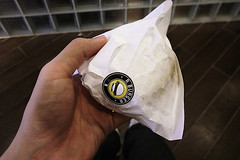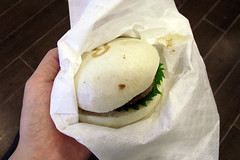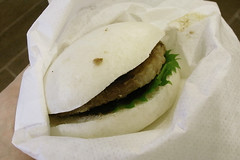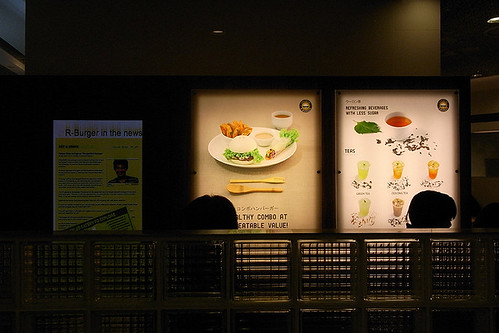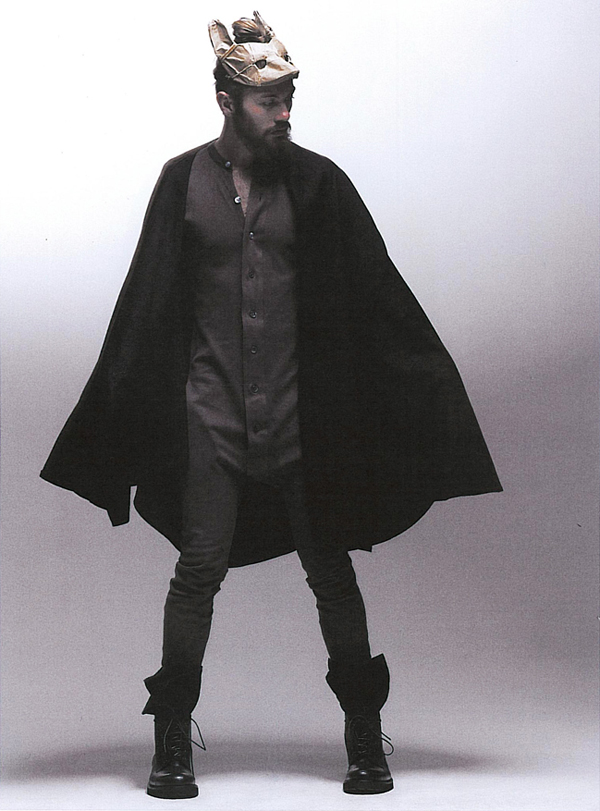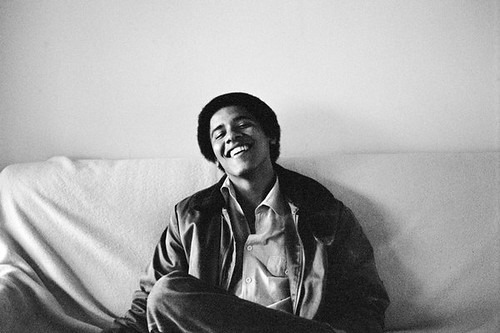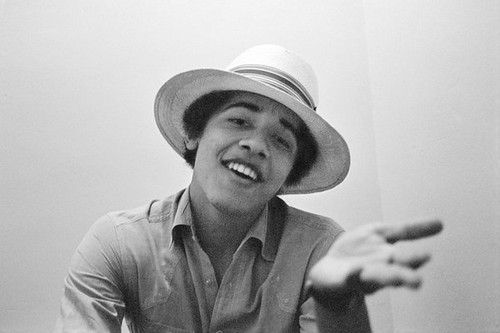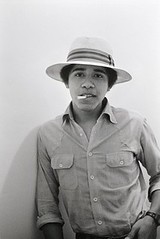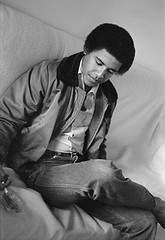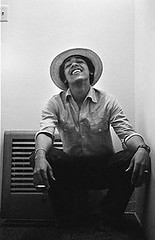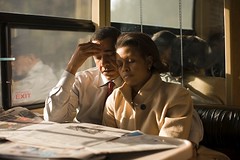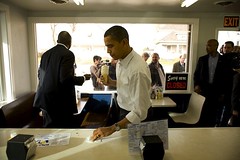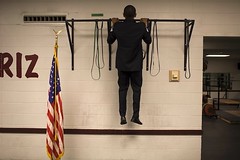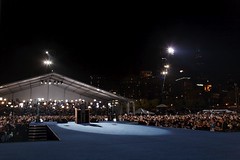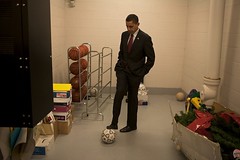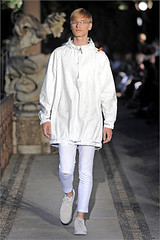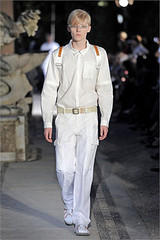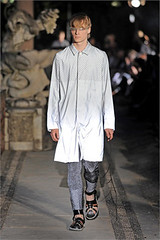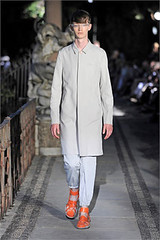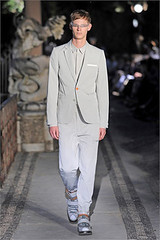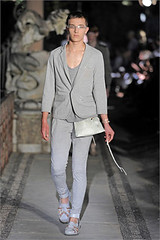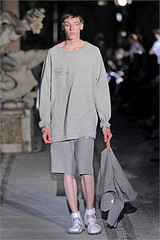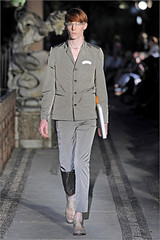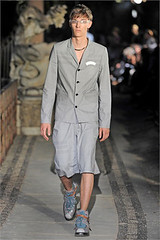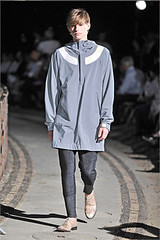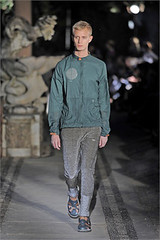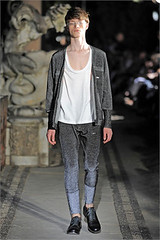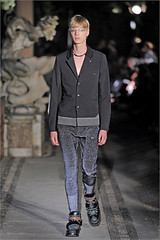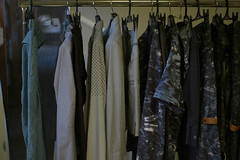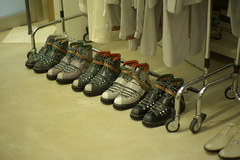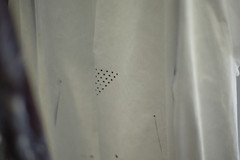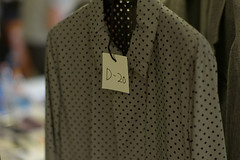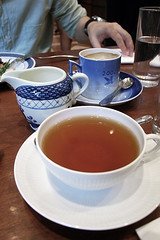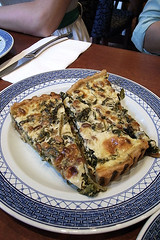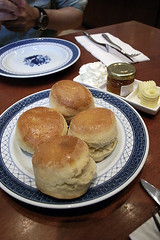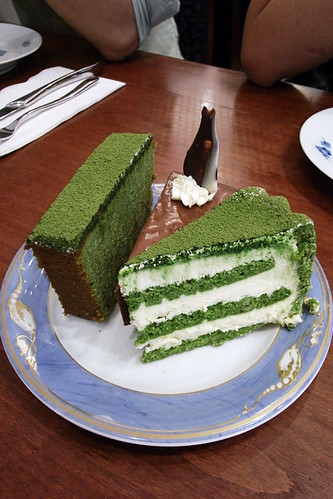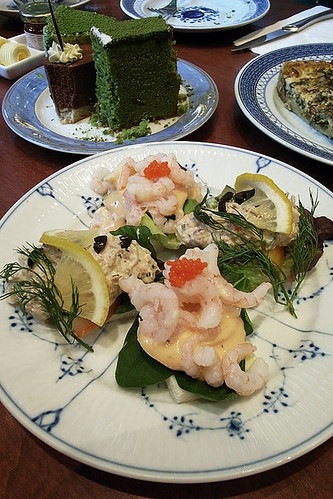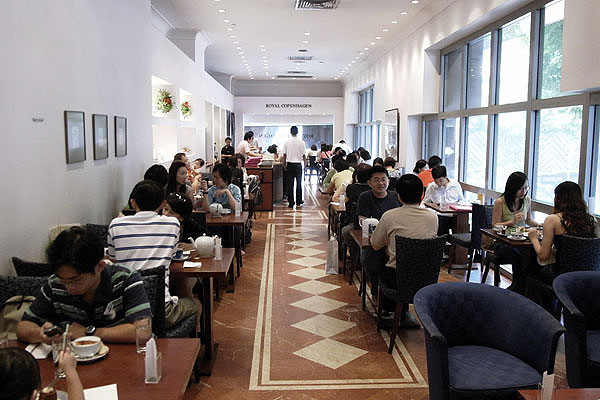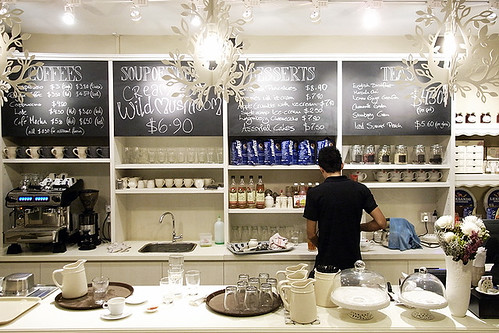
Nordic food places, except for the Ikea cafe, have never done particularly well in Singapore. I know of 2 other ones that have both ceased operation, one being Skål at wheelock Place (if I remember correctly), the other was the short lived ABOF which was located at a corner of Millenia Walk where Palm Beach Seafood is now. Both never quite made a name for themselves during their short existence, and ABOF was just foolishly over ambitious. So it was with great surprise when I came across Fika, a Swedish cafe, in the midst of setting up along Arab Street some months ago. Setting up a Swedish cafe in the Arab Street area in a sea of Arabic restaurants and shisha bars might sound like a cultural mismatch but with "Halal Swedish Cafe" emblazoned on the shop canopies, it is perhaps less of an oddity than one might imagine, though only after the initial mental discombobulation.
Fika, is a social institution in Sweden. It generally refers to taking a break, most of the time a coffee break. Its origins came from a play of the word kaffi which was an older form of the kaffe which means coffee in Swedish. I've also heard another version which says the fika actually means kaffe(i) och kaka which means coffee and biscuits. Fika seems like too obvious (maybe cliche) a name for a Swedish cafe, there's one other Fika cafe I know of which is at Brick Lane in London, and I'm sure there are more of them around, not that I'm complaining.
Finally got a chance one evening to pay a visit to Fika (the one at Arab Street) with JD who is also a fellow scandophile. Situated at a corner shop at one end of Arab Street, the cafe has all white interior that is sleek but warm and homely, ikea-contemporary-rustic are the words I think of;though I think it would do better with a bit of time and grime. The layout is simple, just a serving counter with a menu board and shelves near the entrance, some casually arranged tables and chairs, and the kitchen hidden at the back, nordic easiness and simplicity if you will. The food too has no pretensions, the menu is small and affordable, containing only a small selection of Swedish staples like meatballs and smoked salmon, in addition to daily soups and desserts.
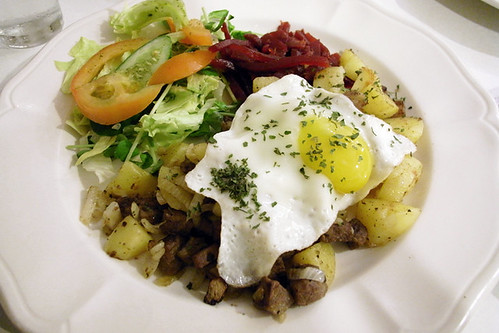
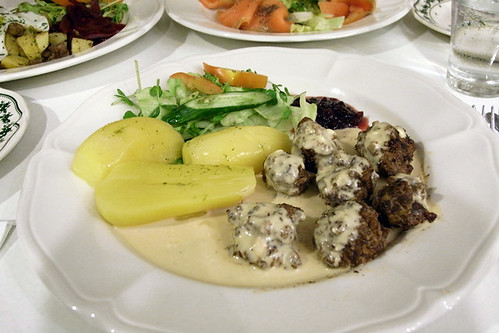
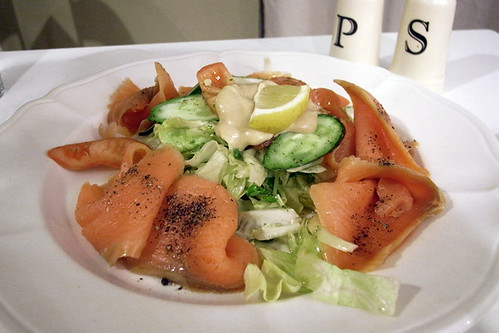
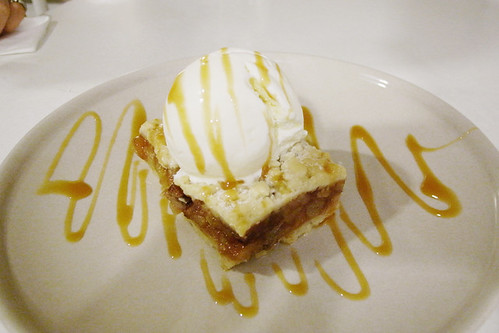
We ordered a smoked salmon platter to share and I had the meatballs, while JD had the beef hash. The food was simple and the flavours clean but comforting. I especially enjoyed the meatballs which seems to be handmade with a coarse ground meat which give them a nice meaty chew and grainy texture, compared to the mechanically made ones served at Ikea which tend to be smooth and homogeneous in texture. The meatball sauce was very heavy on the cream, which is never a bad thing, perfect for a small winter dinner (or for an imaginary small winter dinner). The meal ended with an apale crumble with vanilla ice cream. The crumble was unfortunately more gooey than crumbly, not exceedingly bad, perhaps pleasant in a made-by-your-mum way. Also available are cans of Swedish pear cider, but they are probably the non-alcoholic ones as the cafe is halal.
The nordic air in the place is undoubtable, the sense of communalism and inclusivity is can be felt in both its conception and service, it's like eating in somebody's home. Open till 11pm on most nights, the place is great for a long dinner after work, before heading off for shisha across the street.
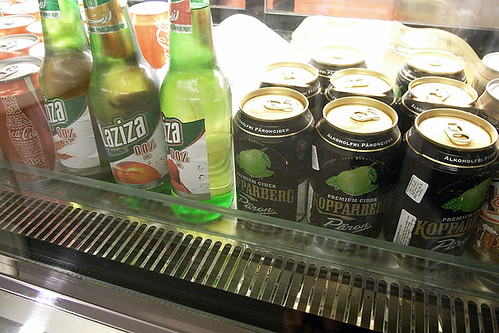
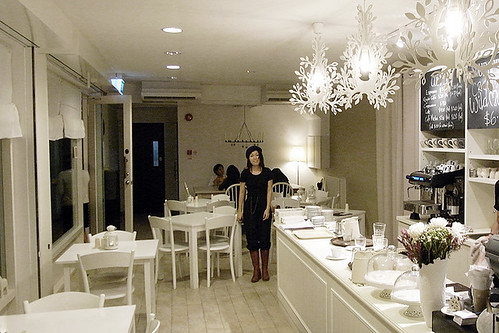
JD making an appearence.
Fika Swedish Cafe & Bistro
257 Beach Road/Arab Street

